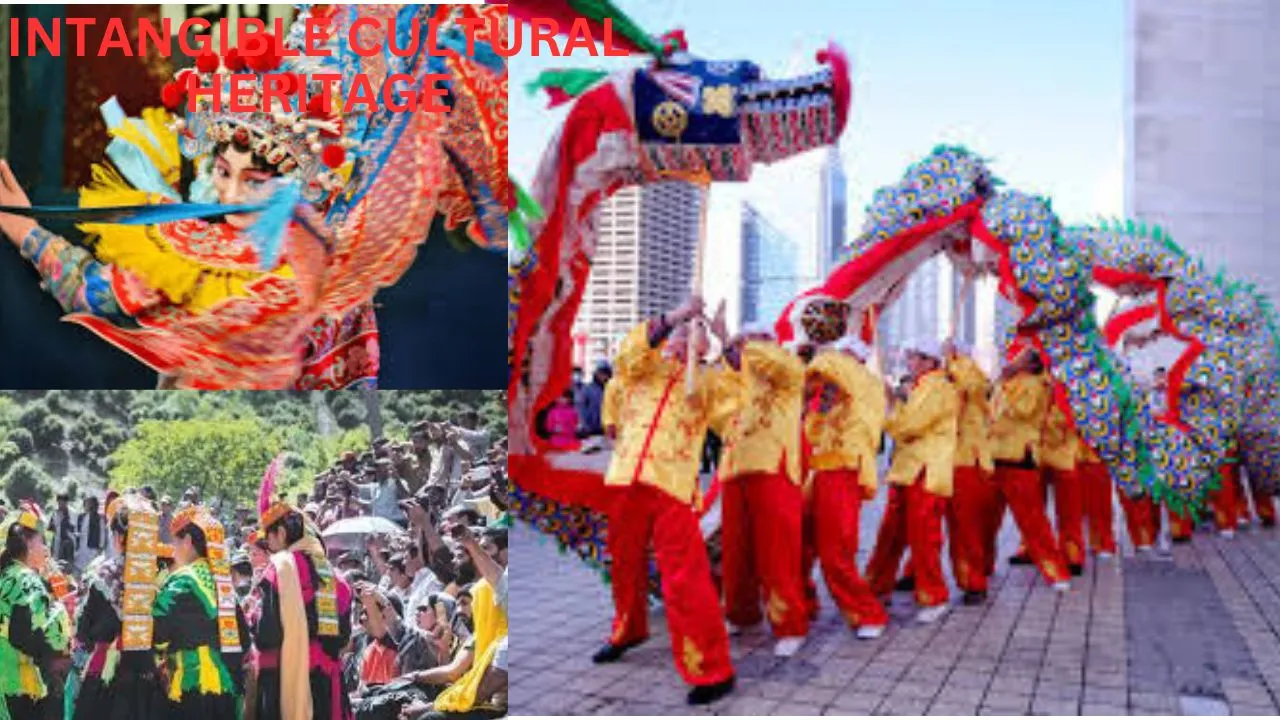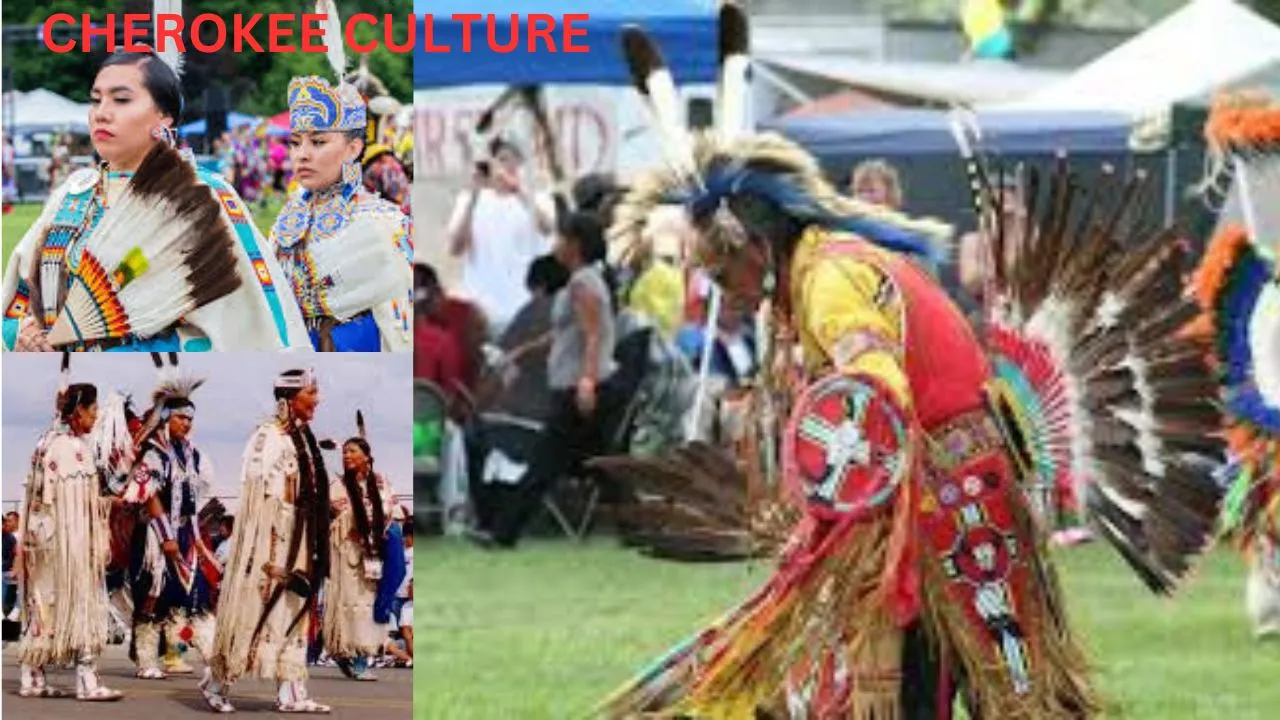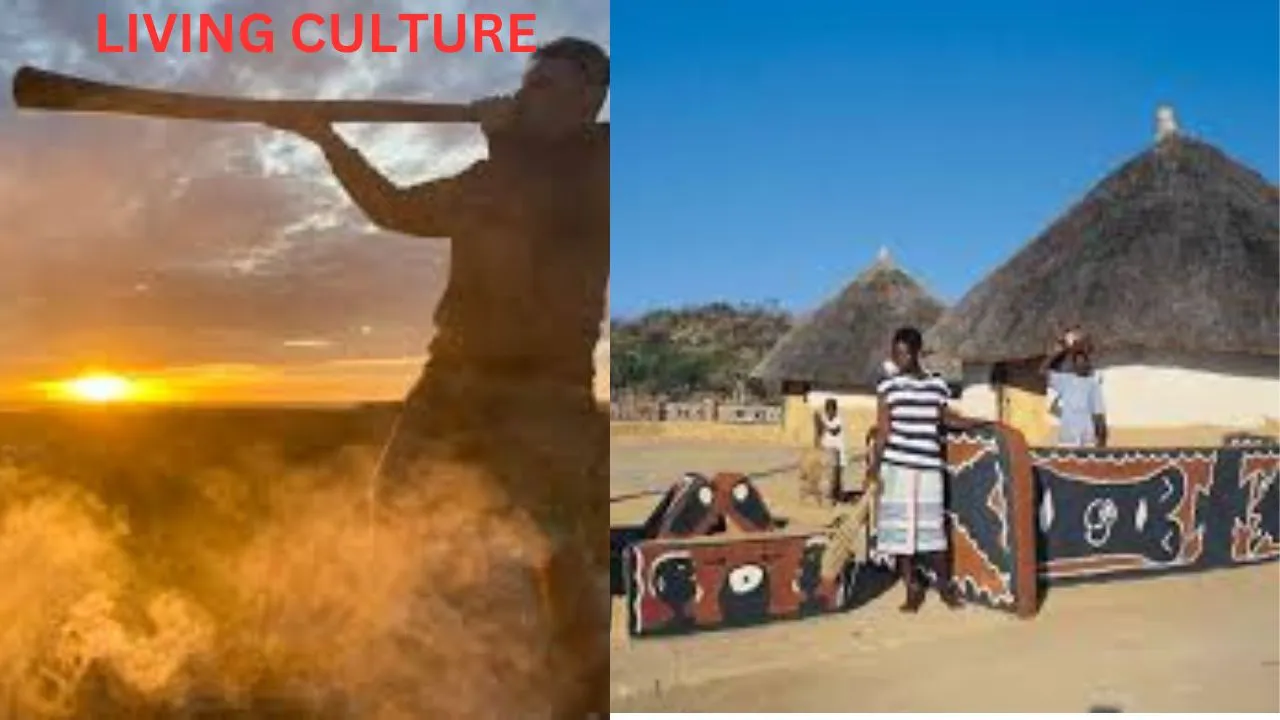
living culture
Admin
- 0
In our ever-changing world, society continuously evolves, embraces new ideas, and adapts to different influences. Amidst this dynamic environment, the concept of living culture emerges as a vital foundation for the preservation and development of human heritage. From Lionel, the ultimate expression of living culture, to the significance of traditions in modern society, this article reflects upon the multifaceted nature and importance of living culture.
Living Culture Lionel
- Lionel, a renowned artist, embodies the essence of living culture. Through his exceptional craftsmanship and creativity, Lionel captures the vibrant spirit of society, infusing it into his artwork. His immersive pieces breathe life into traditional practices, encouraging dialogue, and fostering a deeper understanding of our collective heritage.
- Lionel’s ability to seamlessly blend past and present inspires individuals to appreciate the beauty of cultural traditions. By breaking boundaries and reinventing established conventions, Lionel showcases how living culture can thrive and evolve, breathing new life into ancient traditions.
- One of Lionel’s most remarkable pieces is a mural that spans an entire city block, depicting scenes from various cultural festivals around the world. Each figure in the mural is intricately detailed, showcasing Lionel’s dedication to capturing the essence of each tradition. The vibrant colors and dynamic compositions draw viewers in, inviting them to explore the rich tapestry of global cultures.
- Furthermore, Lionel’s studio is a hub of creativity and collaboration, where artists from different backgrounds come together to exchange ideas and techniques. This melting pot of artistic expression mirrors the diversity and interconnectedness of living culture. Visitors to the studio often find themselves immersed in a whirlwind of inspiration, witnessing firsthand how art can transcend boundaries and unite people from all walks of life.
Living Culture Meaning
At its core, living culture represents the living, breathing entity of societal practices, beliefs, and customs that shape our identity and way of life. It encompasses the tangible and intangible aspects that define a community, its history, and its values. Through rituals, arts, languages, and festivities, living culture connects individuals, fostering a sense of belonging and shared experiences.
Unlike static traditions, living culture acknowledges the need for adaptation and transformation. It embraces the capacities of individuals and communities to respond to social, economic, and technological shifts while safeguarding the essence of its collective identity. This continuous interaction between the past and present ensures the resilience and relevance of living culture in the face of changing times.
Moreover, living culture is not just a reflection of the present but also a bridge to the future. It serves as a repository of wisdom and knowledge passed down through generations, offering insights and lessons that guide individuals and communities towards a more enriched existence. By engaging with living culture, people can tap into a wellspring of creativity and innovation, drawing inspiration from the diverse tapestry of traditions and practices that have stood the test of time.
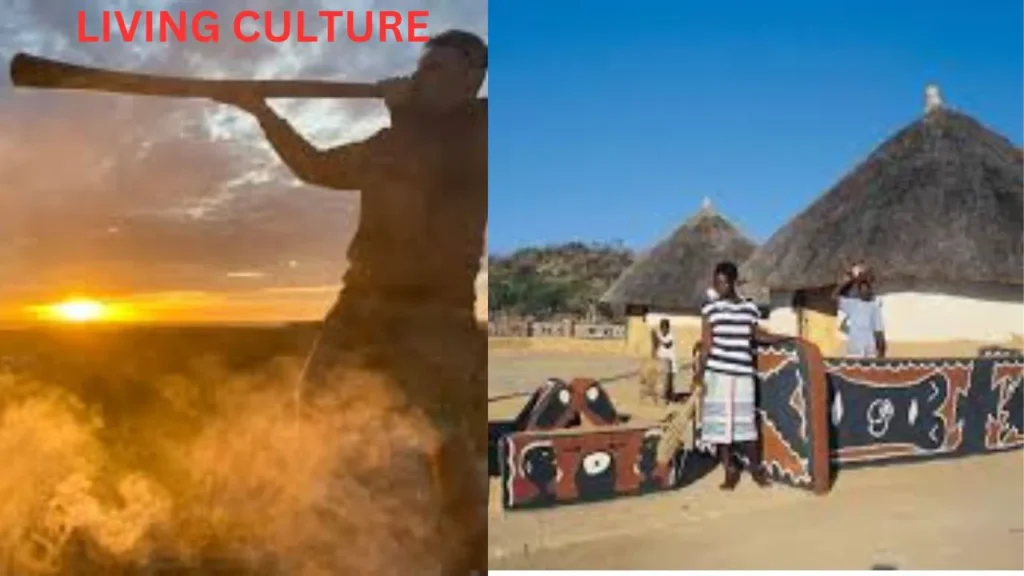
Furthermore, living culture is a dynamic force that thrives on diversity and inclusivity. It celebrates the myriad expressions of human creativity and ingenuity, honoring different perspectives and voices within a community. This multiplicity of cultural influences enriches the collective experience, fostering a sense of unity amidst diversity and promoting mutual understanding and respect among individuals of varying backgrounds.
Living Culture Reviews
To truly understand the depth and richness of living culture, one must explore the diverse range of reviews and perspectives shared by individuals across different societies. These reviews serve as a testament to the profound impact of living culture on people’s lives.
From heartfelt testimonials about the transformative power of traditional music to intricate critiques of contemporary adaptations, these reviews provide insights into the multilayered and multifaceted nature of living culture. They shed light on the ongoing dialogue between tradition and innovation, challenging the perception that living culture is stagnant but instead demonstrating its dynamic and ever-changing nature.
Delving deeper into these reviews, one can uncover the intricate connections between living culture and societal values. The reviews often highlight how cultural practices are not just isolated traditions but are deeply intertwined with beliefs, norms, and historical contexts. By examining these connections, one gains a deeper appreciation for the role of living culture in shaping identities and fostering a sense of community.
Furthermore, the reviews also reveal the role of living culture in fostering intergenerational bonds and preserving heritage. Through personal anecdotes and reflections, reviewers often share how their cultural experiences have been passed down through generations, creating a sense of continuity and belonging. This aspect of living culture underscores its resilience and adaptability in the face of modern challenges and globalization.
Living Culture Pergol
- Within the realm of living culture, the pergol stands as an emblematic example of cultural heritage. A pergol represents a traditional architectural structure designed to intertwine with nature while providing shelter and a gathering place for communal activities. In various societies, pergols take on different forms, reflecting the unique cultural expressions associated with specific regions and communities.
- With its intricate design, the pergol symbolizes the intricate interplay between human beings and the environment. It serves as a physical representation of the harmonious coexistence of living culture with the natural world. Pergols found in different cultures convey distinct messages rooted in history, beliefs, and customs, highlighting the significance of these cultural artifacts in preserving and celebrating the essence of living culture.
- One fascinating aspect of pergols is their adaptability to different climates and landscapes. In regions with hot climates, pergols are often designed with open structures to allow for better ventilation and airflow, providing a cool and shaded area for gatherings. Conversely, in colder climates, pergols may incorporate materials like glass or polycarbonate sheets to create a greenhouse effect, enabling plants to thrive and extending the usability of the space throughout the year.
- Furthermore, the construction of a pergol often involves a collaborative effort within the community, showcasing the importance of teamwork and shared knowledge in traditional craftsmanship. The passing down of techniques from generation to generation not only ensures the preservation of cultural practices but also fosters a sense of unity and pride among community members. Each pergol tells a story not just through its physical structure but also through the collective memories and skills embedded in its creation, making it a living testament to the cultural richness and heritage of a society.
Living Culture Examples
Examples of living culture abound across the globe, showcasing the incredible diversity and richness of human traditions. From the flamenco dance originating in Andalusia, Spain, to the intricate tea ceremonies practiced in Japan, these living examples not only celebrate the past but also engage with the present and future.
Living culture exemplified by these practices transcends borders, languages, and generations, establishing a universal connection among humanity. By embracing these examples, individuals acknowledge the importance of preserving and promoting living culture, ensuring its endurance for generations to come.
The Significance of Traditions in Modern Society
Traditions act as the foundation upon which our modern society flourishes. While progress and innovation are vital for advancement, traditions provide stability and continuity within our fast-paced lives. They serve as a guiding force, reminding us of our roots and instilling a sense of identity and belonging.
Traditions foster a strong sense of community, bringing individuals together and creating bonds that transcend time and space. By participating in traditional practices, individuals connect with their ancestors, paying homage to their legacy and maintaining a link to past generations. This connection cultivates a deep appreciation for living culture and its role in shaping our collective future.
What is Living Culture?
Living culture encompasses the ever-evolving expressions of human heritage embedded within societal norms, practices, and beliefs. It encapsulates the customs, rituals, arts, and languages that define our existence and enable us to navigate the world with a deep-rooted sense of identity.
Unlike static cultural artifacts preserved in museums, living culture is constantly shaped and reshaped by its practitioners. It exists in the present, intertwining the past with the future, guiding societies through transitional periods and serving as a source of inspiration and resilience.
Living culture powerfully reflects the collective consciousness of a community and provides a platform to preserve and share its unique values, knowledge, and wisdom across generations.
What is the Way of Living Culture?
The way of living culture encompasses the attitudes, behaviors, and practices adopted by individuals and communities in their daily lives. It represents a conscious effort to embrace and honor living culture through actions that foster preservation, innovation, and intergenerational transmission.
By actively engaging with traditional practices, such as participating in community festivities, learning traditional arts, or practicing age-old customs, individuals contribute to the continuous vitality of living culture. This way of life promotes a deeper understanding of our roots, nurtures a sense of pride, and fosters social cohesion within diverse communities.
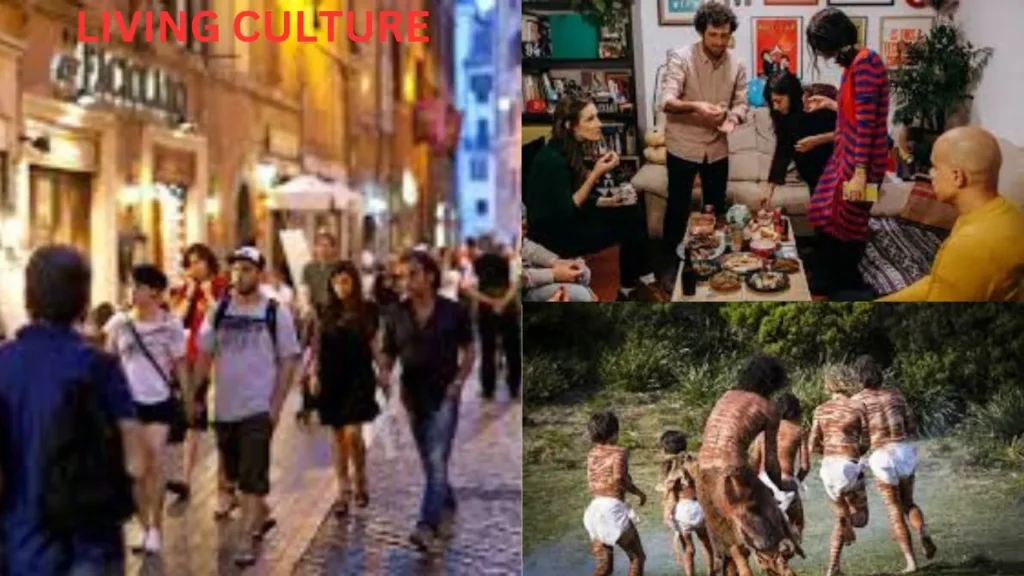
What is the Study of Living Cultures Called?
The study of living cultures is known as ethnology or ethnography. These disciplines delve into the intricate dynamics of human social behavior, exploring the unique practices, beliefs, and traditions that define different cultures. Ethnologists and ethnographers immerse themselves in communities, conducting fieldwork and engaging directly with individuals to gain a comprehensive understanding of the complex tapestry of living culture.
Through their research, ethnologists and ethnographers shed light on the profound influence of living culture on societies, providing insights into the ever-shifting nature of human traditions and their significance in contemporary contexts. Their work serves as an invaluable resource for preserving, celebrating, and promoting living culture worldwide.
What is an Example of Live Culture?
An example of live culture is the celebration of Diwali in India. Diwali, also known as the Festival of Lights, commemorates the triumph of light over darkness and good over evil. During this vibrant festival, communities come together to exchange gifts, light oil lamps, and decorate their homes with colorful rangolis.
The celebration of Diwali reflects the essence of live culture, as it encapsulates longstanding traditions, cultural values, and the spirit of togetherness. It is a time when families and friends reunite, sharing laughter, joy, and delectable traditional sweets. The festival serves as a vibrant reminder of the enduring power of living culture to unify, inspire, and illuminate our lives.
